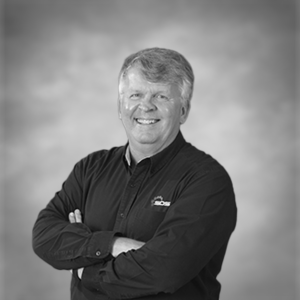The Best Way to Predict Your Job Future Is to Create It
In today’s fast-changing tech landscape, the most successful IT professionals aren’t just keeping up; they’re forging their own paths.
That insight isn’t new. In his classic book True Professionalism, David Maister describes a fundamental truth: Your career is your responsibility. Your future is something you build, not something handed to you. Information technology skills evolve rapidly, and the difference between thriving and surviving often comes down to a mindset shift.
Let’s explore how IT professionals can embrace this idea, stop cruising, and start designing their future.
Dynamos vs. Cruisers: Where Do You Stand?
Maister introduces us to three archetypes: Dynamos, Cruisers, and Losers. While the last group is self-explanatory, the real choice most of us face is whether to be a Dynamo or a Cruiser.
-
Cruisers are competent but comfortable. They do what’s asked but don’t push boundaries. They rely on their existing skills rather than building new ones.
-
Dynamos, on the other hand, are always learning, growing, and challenging themselves. They take ownership of their trajectory, which shows in their work, energy, and reputation.
In IT, where yesterday’s hot framework becomes tomorrow’s legacy code, cruising is a risky long-term strategy. You’re either learning and evolving, or you’re falling behind.
Make Time for Growth
You might think, “I’m too busy to focus on my future.” But Maister turns that thinking on its head.
“What you do with your billable time determines your current income. What you do with your non-billable time determines your professional future.”
Think of your time in three buckets:
-
Income time – delivering value to clients or your employer.
-
Investment time – improving your skills, networking, building side projects, or earning certifications.
-
Individual time – rest, admin, and everything else.
The secret? Treat investment time as sacred. Block it on your calendar. Give it the same priority you’d give to a sprint review or an incident call. That’s how you build a future, not just a job.
Find Your Passion—Then Specialize
Another takeaway from True Professionalism is the idea that your career strategy should align with what you love to do. That’s not some feel-good cliché; it’s practical advice.
In IT, passion often translates to specialization. When you focus on solving a particular type of problem—whether it’s backend performance, DevSecOps, ML pipelines, or accessibility—you build depth. And that depth is what leads to recognition, higher pay, and more meaningful work.
“Since you can’t fake passion, find what you have a passion for, and then build your career around it.”
This doesn’t mean locking yourself into a narrow niche forever, but it does mean committing to mastery in something that matters to you.
Own Your Professional Brand
Today, your resume is just one part of your professional story. Your GitHub, blog, Stack Overflow profile, and even your LinkedIn posts all contribute to your personal brand.
Are you sharing what you’re learning? Contributing to open-source? Writing up what worked and what didn’t in your last architecture decision?
Maister talks about turning client interactions into lasting relationships and expertise into visibility. The same applies to your career. When people in your network think “React performance optimization” or “Azure DevOps,” does your name come to mind? If not, make a plan to change that.
Make a Plan. Then Make It Happen.
One of Maister’s most powerful quotes is simple:
“Planning your career is up to you, not your firm.”
You don’t need a five-year Gantt chart, but you do need a direction.
Start with three questions:
- What excites me most in tech today?
- What do I want to be known for in two years?
- What skills or relationships do I need to get there?
Then allocate your time accordingly. Invest in yourself the way a startup invests in product development: early, often, and with clear intent.
Final Thought: Create, Don’t Wait
The future of your IT career isn’t written by your employer, your current project, or even your resume. It’s written by the choices you make when no one’s watching.
Want to lead an AI team? Start learning AI and sharing your insights. Want to move into architecture? Start diagramming your current systems and finding mentors. Want to build a company someday? Start talking to customers and learning about business models.
Whatever your goal, remember: The best way to predict your job future is to create it.
Create a career with SDS at https://sds.io/careers
About the author
 David Pledger is a founding partner of Strategic Data Systems (SDS), established in 1992 alongside Keith Stafford. With a foundation in electrical engineering and early career experience as a database consultant specializing in Sybase and SQL Server, David helped build SDS into a trusted provider of high-quality information technology consulting services. Under his leadership, SDS has delivered talent and solutions to clients across the region and the nation. David believes deeply in the philosophy that if you take care of your people, they will take care of your customers—an idea that continues to shape the company’s culture and success.
David Pledger is a founding partner of Strategic Data Systems (SDS), established in 1992 alongside Keith Stafford. With a foundation in electrical engineering and early career experience as a database consultant specializing in Sybase and SQL Server, David helped build SDS into a trusted provider of high-quality information technology consulting services. Under his leadership, SDS has delivered talent and solutions to clients across the region and the nation. David believes deeply in the philosophy that if you take care of your people, they will take care of your customers—an idea that continues to shape the company’s culture and success.
david.pledger@sds.io; 513-782-2020


